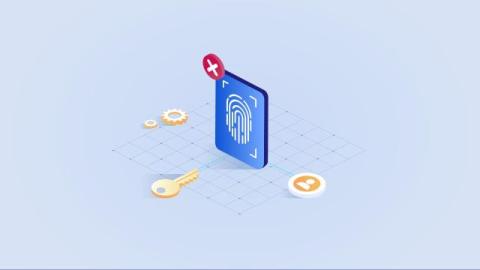Enterprise IAM: Key Features, Benefits and Challenges
Enterprise identity and access management (IAM) is the discipline of managing digital identities and their access to data, applications, systems and other resources. It addresses two fundamental questions: In other words, IAM helps organizations ensure that exactly the right accounts exist and that each user can access exactly the right resources based on their job functions. This article explores the benefits of enterprise IAM, the challenges involved and the key features to look for in an IAM solution.












